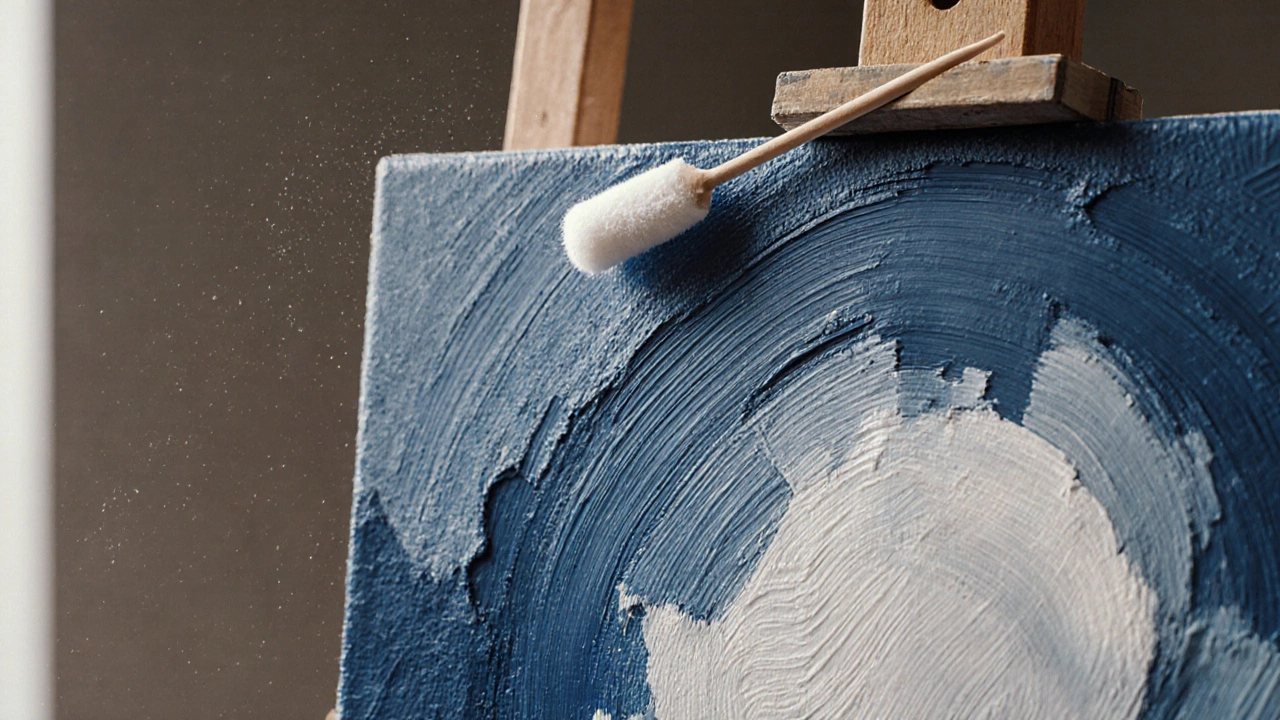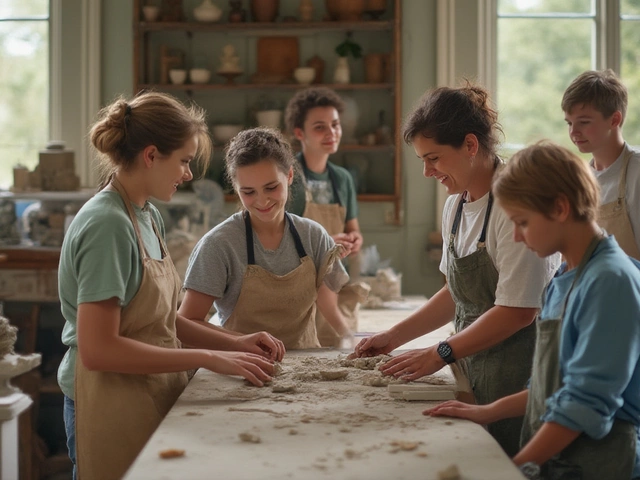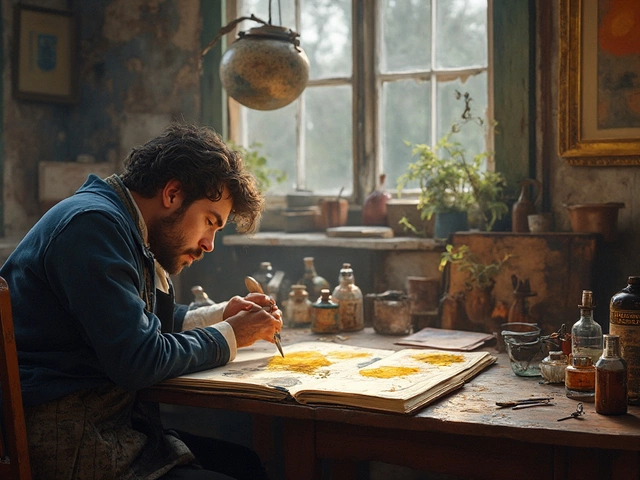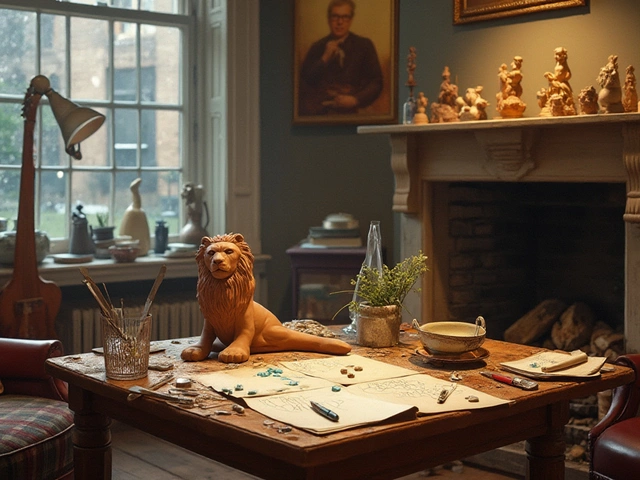Oil Painting Care: How to Protect and Preserve Your Artwork
When you own an oil painting, a type of artwork made with pigments suspended in drying oil, typically linseed oil, that dries slowly and builds rich, durable layers. Also known as oil on canvas, it’s one of the most enduring art forms ever created—lasting centuries if cared for properly. But oil paintings aren’t indestructible. Heat, humidity, dust, and even improper cleaning can fade colors, crack the surface, or attract mold. You didn’t spend time and money on this piece just to watch it degrade. Proper oil painting care isn’t about fancy tools or expert training—it’s about simple, consistent habits.
One of the biggest mistakes people make is hanging oil paintings in direct sunlight. UV rays don’t just fade the colors—they break down the oil binder over time, making the paint brittle. A painting that looked bold and vivid in 2020 can look washed out by 2030 if it’s near a window. Keep them on interior walls, away from heat vents, radiators, and bathrooms. Humidity is just as dangerous. Too much moisture causes the canvas to expand and contract, leading to cracks in the paint layer. If you live in a damp climate, consider using a dehumidifier in the room where your art is displayed.
Don’t use glass cleaners, paper towels, or wet cloths on the surface. Dust builds up slowly, and the safest way to remove it is with a soft, clean brush—like a clean makeup brush or a natural-hair artist’s brush. Gently sweep the surface in one direction, never rub. If your painting needs deeper cleaning, wait until it’s fully cured (usually 6–12 months after completion) and consult a professional. Varnish is another key part of oil painting care. Most artists apply a final varnish to protect the surface and even out the sheen. But varnish yellows over time. When that happens, it’s not the painting that’s damaged—it’s the varnish. A conservator can remove and replace it, restoring the original colors without touching the paint underneath.
Storage is just as important as display. If you need to store a painting, never lay it face down. Always use acid-free paper or foam board to cover the front, then stand it upright on edge, wrapped in breathable fabric like cotton sheeting. Never wrap it in plastic—that traps moisture. And never stack paintings on top of each other. Pressure can cause indentations or paint transfer. If you’re moving a piece, keep it flat in a climate-controlled space, and never leave it in a hot car or cold garage.
There’s no magic formula for making oil paintings last forever. But there are clear, doable steps that make all the difference. Whether you’re a collector, a student, or someone who painted their first landscape last month, these practices apply to you. The posts below cover everything from how to clean an old family portrait without ruining it, to what kind of varnish professionals use, to why some paintings crack while others stay smooth for 200 years. You’ll find real advice from people who’ve handled these works—no fluff, no theory, just what works.
Should I Seal My Oil Painting? A Practical Guide to Varnishing for Long-Lasting Color
Learn when and how to properly varnish your oil painting to protect colors, prevent yellowing, and ensure it lasts decades. Avoid common mistakes and choose the right varnish for long-term preservation.
Continue Reading




